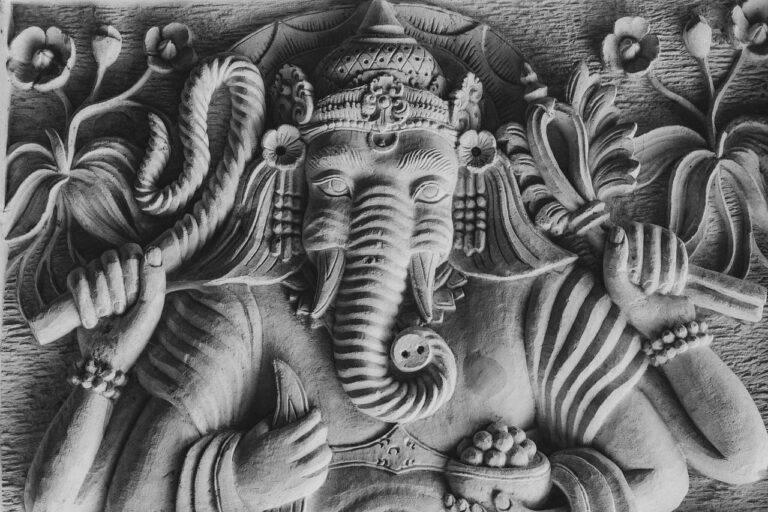Political Party Conventions: Traditions and Trends
Political party conventions have a rich history dating back to the early 19th century in the United States. The first national convention was held by the Anti-Masonic Party in 1831 to nominate candidates for the presidential election. The idea of party conventions quickly caught on, leading to the formation of conventions by other political parties.
These conventions became significant events in American politics, providing a platform for parties to rally support for their candidates and showcase their policy positions. Over time, conventions evolved to include speeches, debates, and the development of party platforms. The conventions also serve as a means for parties to unify their members behind a common agenda and vision for the future.
Purpose of Political Party Conventions
Political party conventions serve as a crucial platform for parties to officially nominate their candidates for the upcoming elections. These gatherings provide a forum for party members to come together and select their preferred candidates through a series of voting processes. The conventions also offer an opportunity for party leaders to showcase their unity and present a cohesive front to the public and the media.
Moreover, political party conventions play a vital role in shaping the party platform and outlining key policy priorities for the election campaign. During these events, delegates discuss and debate various issues, proposing and adopting resolutions that reflect the party’s stance on important matters. Ultimately, the conventions help to solidify the party’s identity and agenda, setting the stage for the party’s campaign strategy and messaging in the lead-up to the elections.
What is the history of political party conventions?
Political party conventions in the United States date back to the early 19th century. They were originally held to select party candidates for presidential elections.
What is the purpose of political party conventions today?
The primary purpose of political party conventions today is to officially nominate the party’s candidate for president and vice president. They also serve to rally party members, set the party platform, and generate media coverage.
How are delegates chosen to attend political party conventions?
Delegates are typically chosen through a combination of state primaries and caucuses. Each state has a certain number of delegates allocated to it, with some being pledged to specific candidates and others being unpledged.
What is the role of superdelegates at political party conventions?
Superdelegates are party leaders and elected officials who are not bound by the results of primaries and caucuses. They have the ability to support any candidate of their choosing at the convention.
Are political party conventions open to the public?
While some portions of political party conventions are open to the public, such as speeches and events held outside the convention hall, the majority of the proceedings are closed to non-delegates.





